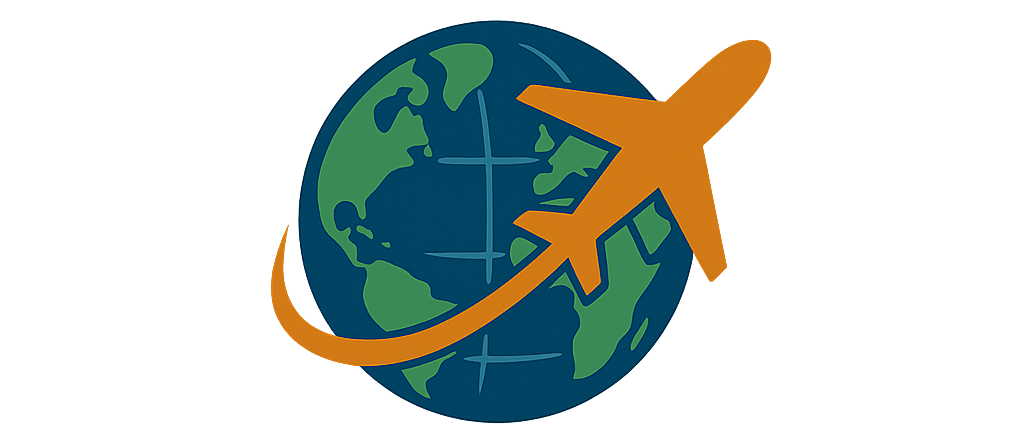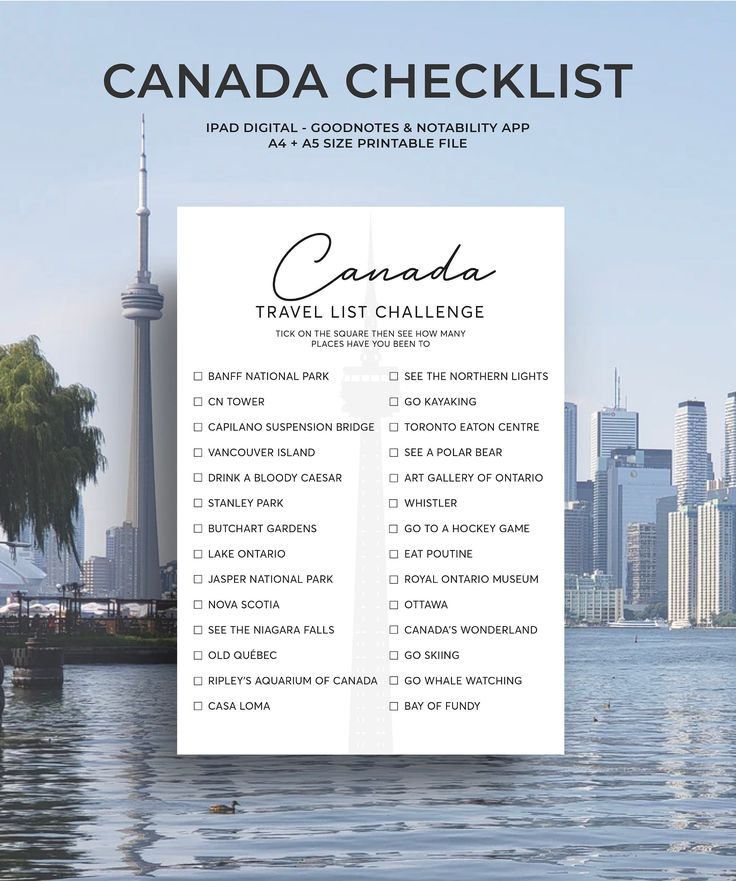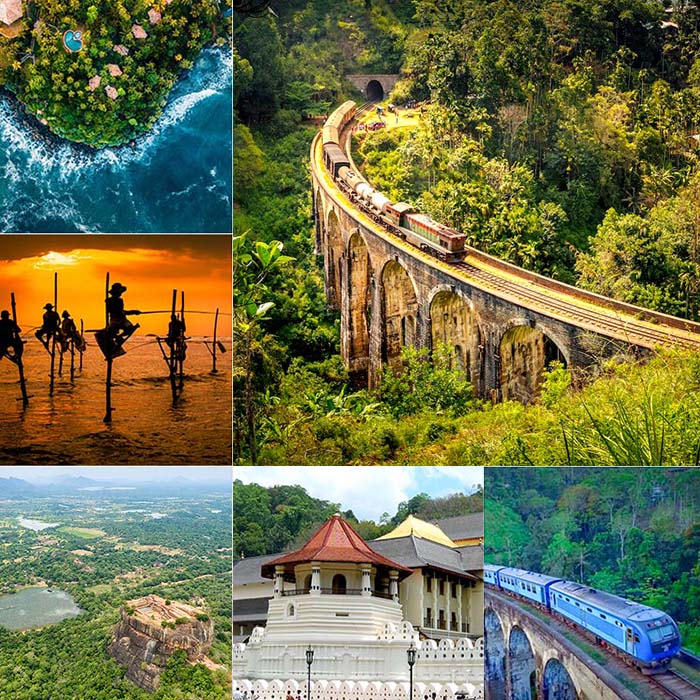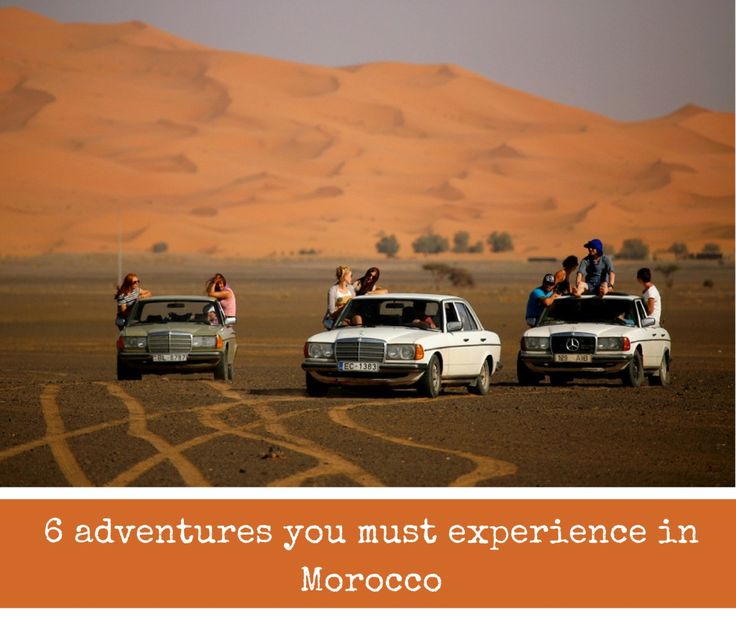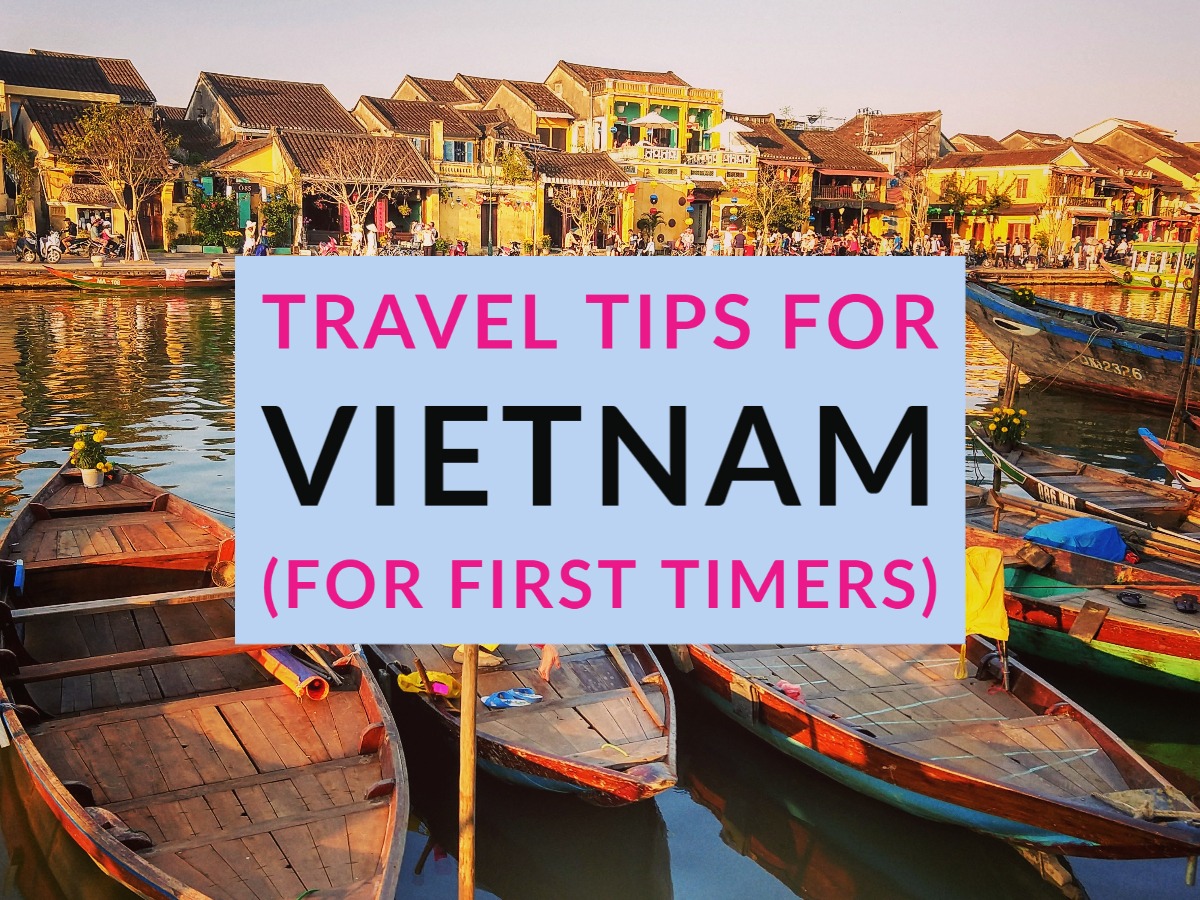
Dreaming of exploring the vibrant streets of Hanoi, cruising through the mystical Halong Bay, or savoring the exquisite flavors of Vietnamese cuisine? Vietnam is an incredible destination offering a rich tapestry of culture, history, and breathtaking landscapes. To ensure your adventure is seamless and unforgettable, it’s crucial to be well-prepared. This comprehensive guide will walk you through How to Prepare for Vietnam With Complete Travel Tips, covering everything from essential documents and health precautions to cultural etiquette and practical advice for navigating this captivating country. By following these insights, you’ll be ready to embrace all that Vietnam has to offer with confidence and excitement.
Essential Pre-Trip Preparations for Your Vietnam Adventure
Embarking on a journey to Vietnam requires a solid foundation of planning. Addressing these crucial steps well in advance will save you stress and enhance your overall travel experience.
Visa Requirements for Visiting Vietnam
One of the first and most critical steps in your Vietnam travel preparation is understanding the visa requirements. Policies can vary significantly based on your nationality and the length of your stay.
Many nationalities are eligible for a visa exemption for stays ranging from 15 to 45 days. However, it’s vital to check the latest regulations for your specific country before booking flights. For longer stays or if you’re not eligible for an exemption, an e-visa is often the most convenient option. This can be applied for online through the official Vietnam Immigration Department website.
Alternatively, some travelers may opt for a "visa on arrival" (VOA), which requires an approval letter obtained online beforehand. You then receive the actual visa stamp upon landing in Vietnam. Always double-check the required documents, such as passport validity (usually at least six months beyond your departure date), passport-sized photos, and a copy of your approval letter, to ensure a smooth entry process.
Health and Vaccinations: Staying Safe in Vietnam
Prioritizing your health is paramount when planning any international trip. Consulting your doctor or a travel clinic at least 6-8 weeks before your departure is highly recommended to discuss necessary vaccinations and health precautions for Vietnam.
Commonly recommended vaccinations for Vietnam include Hepatitis A and B, Typhoid, Tetanus, Diphtheria, and Measles, Mumps, and Rubella (MMR). Depending on your itinerary, Rabies and Japanese Encephalitis might also be suggested, especially if you plan to spend extended time in rural areas or engage in outdoor activities.
Furthermore, comprehensive travel insurance is non-negotiable. Ensure your policy covers medical emergencies, evacuation, trip cancellations, and lost luggage. Pack a basic first-aid kit containing essentials like pain relievers, anti-diarrhea medication, antiseptic wipes, and any personal prescription drugs, along with copies of your prescriptions.
Understanding Vietnamese Currency and Budgeting
The official currency of Vietnam is the Vietnamese Dong (VND). While some major tourist establishments might accept US Dollars, it’s always best to have VND for daily transactions, especially in local markets and smaller eateries.
Exchange rates are generally favorable, and you can exchange major currencies like USD, EUR, and GBP at airports, banks, and authorized exchange kiosks. ATMs are widely available in cities and major towns, but rural areas might have limited access. Inform your bank of your travel plans to avoid card freezes. Credit cards are accepted in larger hotels, restaurants, and shops, but cash is king for street food, local markets, and smaller purchases.
Budgeting for your trip depends heavily on your travel style. Vietnam can be very affordable, especially if you embrace local food and guesthouses. A comfortable mid-range budget might be around $50-$100 per person per day, covering accommodation, food, transport, and some activities. Tipping is not traditionally expected in Vietnam, but small gratuities for excellent service are always appreciated.
Packing Smart for Your Vietnam Journey
Packing efficiently is key to a comfortable Vietnam adventure. Due to the country’s diverse climate zones – tropical in the south, temperate in the north, and varying central regions – your packing list will need some flexibility.
For the generally warm and humid south (Ho Chi Minh City, Mekong Delta), lightweight, breathable clothing made from natural fabrics like cotton or linen is ideal. In the central regions (Hoi An, Hue), expect pleasant temperatures, but a light jacket might be useful for cooler evenings or during the rainy season. Northern Vietnam (Hanoi, Sapa) can experience cool winters, so pack layers, including a warmer jacket, if traveling between November and February.
Essential Packing Checklist:
- Clothing: Light, breathable clothes; long sleeves/pants for sun protection and temple visits; swimwear; a light rain jacket.
- Footwear: Comfortable walking shoes or sandals for city exploration; flip-flops; hiking shoes if trekking.
- Documents: Passport, visa, travel insurance details, flight/hotel bookings (physical and digital copies).
- Health: Personal medications, basic first-aid kit, insect repellent (with DEET), high-SPF sunscreen.
- Electronics: Universal travel adapter (Type A, C, or G), power bank, phone, camera.
- Miscellaneous: Small daypack, reusable water bottle, hat, sunglasses, hand sanitizer.
Consider packing a quick-dry towel and a waterproof bag for electronics, especially if you plan to visit beaches or take boat trips. A backpack is often more convenient than a suitcase for navigating varied terrains and public transport.
Navigating Vietnam: Getting Around and Staying Connected
Once you’ve arrived, understanding how to move around and stay connected will significantly enhance your travel independence and enjoyment.
Transportation in Vietnam: From Airports to City Streets
Vietnam offers a range of transportation options to suit all budgets and preferences. For long distances, domestic flights are efficient and affordable, with carriers like Vietnam Airlines, Vietjet Air, and Bamboo Airways connecting major cities.
Overnight sleeper trains, particularly the Reunification Express, provide a scenic and comfortable way to travel between North and South. Buses, including comfortable sleeper buses, are the most economical option for inter-city travel, though journey times can be longer.
Within cities, ride-hailing apps like Grab (for cars and motorbikes) are incredibly popular, convenient, and transparent with pricing. Traditional taxis (Vinasun, Mai Linh) are also reliable, but ensure the meter is used. For a unique experience, try a cyclo (bicycle rickshaw) in tourist areas, but agree on the price beforehand. Renting a motorbike or scooter is popular for exploring, but requires caution, a valid international driving permit, and experience with chaotic traffic. Always wear a helmet.
Staying Connected: SIM Cards and Wi-Fi in Vietnam
Staying connected is easy and affordable in Vietnam. Upon arrival at the airport, you can purchase a local SIM card from providers like Viettel, Mobifone, or Vinaphone. These typically offer excellent coverage and generous data packages at very reasonable prices. Ensure your phone is unlocked before you travel.
Wi-Fi is widely available and usually free in hotels, guesthouses, cafes, and restaurants across the country. While convenient, public Wi-Fi networks may not always be secure, so exercise caution when accessing sensitive information. For added security and consistent connectivity, especially if working remotely, consider using a VPN. A portable Wi-Fi device or pocket router is another option, offering a personal hotspot for multiple devices.
Essential Vietnamese Phrases for Travelers
While many people in tourist areas speak some English, learning a few basic Vietnamese phrases can go a long way in showing respect and enhancing your interactions with locals.
Useful Phrases:
- Hello: Xin chào (sin chow)
- Thank you: Cảm ơn (gam un)
- Excuse me/Sorry: Xin lỗi (sin loy)
- Yes: Vâng (vung – North) / Dạ (ya – South)
- No: Không (khom)
- How much?: Bao nhiêu? (bow nyoo)
- Too expensive: Đắt quá (dat kwa)
- Water: Nước (nook)
- Delicious: Ngon quá (ngon kwa)
- The bill, please: Tính tiền (ting tee-en)
Even a simple "Xin chào" or "Cảm ơn" delivered with a smile can open doors and create memorable connections. Don’t be afraid to try – locals appreciate the effort!
Cultural Immersion and Safety Tips for a Smooth Vietnam Trip
Understanding and respecting local customs, along with being aware of common safety practices, will ensure your journey through Vietnam is both enriching and trouble-free.
Understanding Vietnamese Culture and Etiquette
Vietnamese culture is rich and deeply rooted in tradition and family values. Showing respect for local customs will significantly enhance your experience.
Key Etiquette Tips:
- Dress Modestly: Especially when visiting temples, pagodas, or other religious sites, ensure your shoulders and knees are covered. Remove your shoes before entering someone’s home or a temple.
- Respect Elders: Elders are highly revered. Show deference and use polite language.
- Dining Etiquette: Use chopsticks correctly. It’s common to share dishes. Do not stick chopsticks upright in a bowl of rice, as this resembles incense sticks used at funerals.
- Bargaining: In markets, bargaining is expected and part of the shopping experience. Do so politely and with a smile.
- Public Displays of Affection: Keep public displays of affection to a minimum.
- Head and Feet: Avoid touching someone’s head, as it’s considered the highest and most sacred part of the body. Don’t point your feet at people or religious images.
Embracing these customs will not only prevent misunderstandings but also allow you to connect more genuinely with the local population.
Food and Drink Safety in Vietnam
Vietnamese cuisine is world-renowned, and trying street food is an essential part of the experience. However, food and drink safety should always be a priority.
Tips for Enjoying Vietnamese Food Safely:
- Eat Where Locals Eat: A busy stall with a high turnover of customers usually means fresh ingredients.
- Look for Cleanliness: Observe the stall’s hygiene, including how food is stored and prepared.
- Cooked Food is Best: Opt for dishes that are cooked fresh and served hot.
- Bottled Water: Always drink bottled or filtered water. Avoid tap water.
- Ice: Be cautious with ice in drinks, especially from street vendors. Stick to establishments that use commercially produced, filtered ice (often recognizable by its cylindrical shape with a hole in the middle).
- Fruit: Enjoy fresh fruit, but if it has a peel, make sure to peel it yourself. If it’s pre-cut, ensure it looks fresh and has been stored properly.
Don’t let fear prevent you from trying the incredible flavors of Vietnam, but always use common sense.
Staying Safe and Avoiding Scams in Vietnam
While Vietnam is generally a safe country for tourists, being aware of common scams and practicing general safety measures can prevent potential issues.
Safety Tips:
- Petty Theft: Be vigilant in crowded areas like markets and tourist attractions. Keep your belongings secure, especially your phone and wallet. Use a cross-body bag or money belt.
- Taxi Scams: Use reputable taxi companies (Vinasun, Mai Linh) or ride-hailing apps like Grab. Avoid unmarked taxis or those that refuse to use a meter.
- Motorbike Scams: If renting a motorbike, thoroughly inspect it for existing damage and take photos before agreeing. Be wary of scams where you might be blamed for pre-existing damage.
- Pickpockets/Snatchers: On busy streets, especially in cities, be aware of bag snatchers on motorbikes. Keep your bag on the side away from the road or wear it securely across your body.
- Personal Safety: Avoid walking alone at night in poorly lit or unfamiliar areas. Trust your instincts.
- Emergency Numbers: Know the emergency numbers: 113 for police, 114 for fire, 115 for ambulance.
By remaining aware and taking sensible precautions, you can minimize risks and enjoy a worry-free trip.
Responsible Tourism in Vietnam
Traveling responsibly ensures your visit benefits local communities and preserves Vietnam’s natural beauty and cultural heritage for future generations.
Tips for Responsible Travel:
- Support Local Businesses: Choose locally owned guesthouses, restaurants, and shops. Buy souvenirs directly from artisans.
- Minimize Environmental Impact: Reduce plastic waste by using a reusable water bottle. Dispose of litter properly. Respect natural environments and wildlife.
- Respect Culture and Traditions: Be mindful of local customs, dress codes, and photography etiquette, especially at religious sites. Ask for permission before taking photos of people.
- Bargain Fairly: While bargaining is common, do so respectfully and don’t push for unreasonably low prices that might harm local vendors.
- Engage Respectfully: Learn about the country’s history and culture. Engage with locals, learn a few phrases, and be open to new experiences.
Your thoughtful actions can make a positive difference to the places you visit.
Beyond the Basics: Enhancing Your Vietnam Travel Experience
With the practicalities covered, let’s look at how to maximize your enjoyment and make the most of your Vietnam journey.
Best Time to Visit Vietnam for Optimal Weather
Vietnam’s elongated shape means its weather patterns vary significantly from north to south. Understanding these regional differences can help you plan the ideal time for your visit.
-
Northern Vietnam (Hanoi, Halong Bay, Sapa):
- October to April: Generally dry and cooler. November to February can be quite cold, especially in mountainous regions like Sapa.
- May to September: Hot and humid, with heavy rainfall.
- Best time: Autumn (September-November) and Spring (March-April) offer pleasant temperatures and less rain.
-
Central Vietnam (Hue, Da Nang, Hoi An):
- February to August: Hot and dry, with temperatures peaking in June-July.
- September to January: Rainy season, with potential for typhoons and flooding, especially in October-November.
- Best time: February to May for sunny skies and comfortable warmth.
-
Southern Vietnam (Ho Chi Minh City, Mekong Delta, Phu Quoc):
- November to May: Dry season, with consistently warm and sunny weather. This is generally considered the best time to visit the south.
- June to October: Wet season, characterized by short, heavy downpours usually in the afternoon. These rarely disrupt travel significantly.
- Best time: December to April for excellent weather.
For a comprehensive trip covering all regions, consider visiting during shoulder seasons like April-May or September-October to experience a mix of good weather across the country.
Must-Visit Destinations and Experiences in Vietnam
Vietnam boasts an incredible array of destinations and experiences. Here are a few highlights to consider for your itinerary:
- Hanoi: The bustling capital city, rich in history and culture. Explore the Old Quarter, visit Hoan Kiem Lake, the Temple of Literature, and Ho Chi Minh Mausoleum. Don’t miss a water puppet show.
- Halong Bay: A UNESCO World Heritage site, famous for its emerald waters and thousands of towering limestone karsts. Take a cruise, go kayaking, and explore caves.
- Sapa: Nestled in the northern mountains, offering stunning terraced rice fields and opportunities for trekking and cultural immersion with ethnic minority communities.
- Hue: The former imperial capital, home to the majestic Imperial City, ancient tombs, and serene pagodas along the Perfume River.
- Hoi An: A charming ancient town, also a UNESCO site, known for its well-preserved architecture, vibrant lanterns, tailor shops, and delicious food.
- Ho Chi Minh City (Saigon): The energetic southern metropolis. Explore the War Remnants Museum, Cu Chi Tunnels, Notre Dame Cathedral, and the vibrant Ben Thanh Market.
- Mekong Delta: A labyrinth of rivers, swamps, and islands. Take a boat tour to floating markets, fruit orchards, and local villages.
- Phu Quoc: Vietnam’s largest island, perfect for beach relaxation, snorkeling, and exploring pepper plantations and fishing villages.
Beyond these major hubs, consider unique experiences like taking a Vietnamese cooking class, exploring the Phong Nha-Ke Bang National Park’s caves, or simply savoring a cup of traditional Vietnamese coffee on a bustling street corner.
Conclusion
Preparing for your Vietnam adventure doesn’t have to be daunting. By addressing visa requirements, health precautions, financial planning, and smart packing, you’ll lay a solid groundwork for an incredible journey. Furthermore, understanding local transportation, staying connected, learning basic phrases, respecting cultural norms, and prioritizing safety will ensure a smooth and deeply enriching experience.
Vietnam is a country that captivates the senses and touches the soul. With these complete travel tips, you’re now well-equipped to immerse yourself in its vibrant culture, stunning landscapes, and warm hospitality. Get ready to create unforgettable memories in this truly extraordinary destination!
